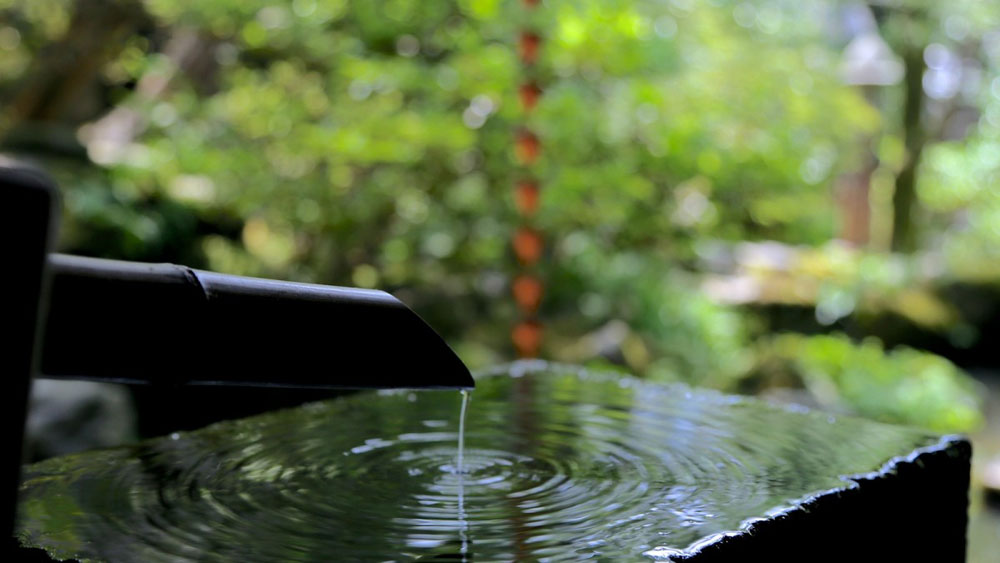There must be a lot of people conjuring up the words “wabi” and “sabi”, hearing of the spirit of tea ceremony, but how many of them can give an explanation on exactly what these two words “wabi” and “sabi” mean?
Here are the excerpts from an interview with Mr. Soushin Kimura, author of the book, titled “Rikyu Nyumon”.
“ ‘Wabi’ (the beauty to be found in sparseness and simplicity) and ‘sabi’ (elegant and quiet simplicity) were developed from the Japanese noun ‘sabishisa’ (loneliness, desolation) and ‘wabishisa” (lonesome, cheerless) with aesthetic and conceptual meaning added. ‘Wabi’ and ‘sabi’ are often mixed up with each other but each of them has a different meaning”.
Some of you must have been surprised to know the fact that the two words have a different meaning. We’d like to take this opportunity to give you more detailed information on these words which tend to be treated in a lump especially in daily conversation….
Kimura continued,“’Sabi’ is the word meant to describe the beauty of physical appearance. The things in this world get rusted, dirty and cracked as time goes by. Generally, it is regarded as deterioration but a lot of beauty can be found in the layers of the changes at the same time.
‘Wabi’ is positive state of mind that provides generous feeling to accept such rust and dirt, or even to try to enjoy them. In other words, ‘wabi’ is the attitude of finding the beauty from ‘sabi’.”
“Sabi” shows the physical appearance while “wabi” means how enriched one’s personality is. Since “wabi” and “sabi” share the values like “two sides of the same coin”, they always come in a combination. Some people say that it’s getting more and more important for Japanese people to be able to speak about this kind Japanese sense of beauty logically and substantially in order to play an active role in the world.
Kimura added, “It is often said that the Japanese traditional culture is supported by sensitivity and emotions. I sometimes make a lecture at museums and art festivals overseas. On those occasions, I meet curators and clients. They once told me that “the Japanese sense of beauty cannot be explained logically as we do with the western culture”. However, I don’t agree with this opinion. In order to make the “unspoken sense of beauty” visible, we come up with a word to express a different and various sense of values that exist around the unspoken beauty as if we draw an auxiliary line. Such sensitivity has been nurtured traditionally here in Japan.”
It is often said that the Japanese sense of beauty can’t be expressed only with “wabi” and “sabi”. The words such as “yatsushi”, “suki”, “basara” and “keren” are also very important keywords that should always be taken into account when speaking of the Japanese traditional culture. For sure, we Japanese must have heard of each of them once or twice. …By the way, do you think you know the real meanings of these words?
Is this article useful to you?
If you have any question, please feel free to contact us anytime.
Thank you for reading and best regards!
All the Hocho-Knife staff
~~~~~~~~~~~~~~~~~~~~~~~~~~~~~~~~~~~~~~~~~~~~~~~~~~~~~~~~~~~~~~~~~~
“Hocho” represents Made-in-Japan (Sushi / Sashimi) Kitchen Knives,
that is the soul of the cook!
~~~~~~~~~~~~~~~~~~~~~~~~~~~~~~~~~~~~~~~~~~~~~~~~~~~~~~~~~~~~~~~~~~
mport Japan.com,Inc.
Florida, USA
Kyoto and Hyogo, JAPAN
